Biodiversity Zones
Increasing biodiversity in an urban setting…
Nine micro-habitats are planned, with six currently established, where students can study natural areas and urban wildlife on campus. Micro–habitats established or underway: Monarch nursery, meadow, forest floor, decomposition area, pond and disturbed/undisturbed study area.
Biodiversity Site 1
Forest Floor
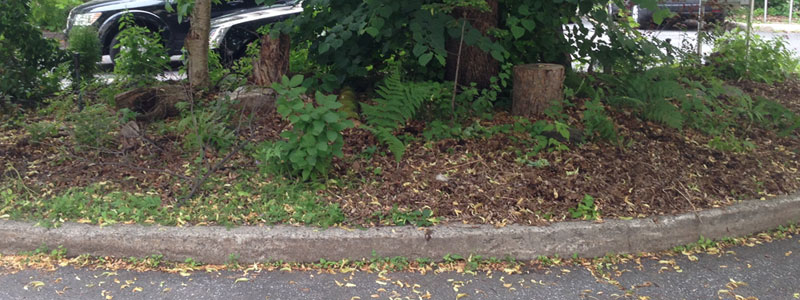
This micro-habitat represents the conditions under a Montreal-area forest. It contains over 40 native plant species and a variety of insects and other invertebrates.
Biodiversity Site 2
Meadow
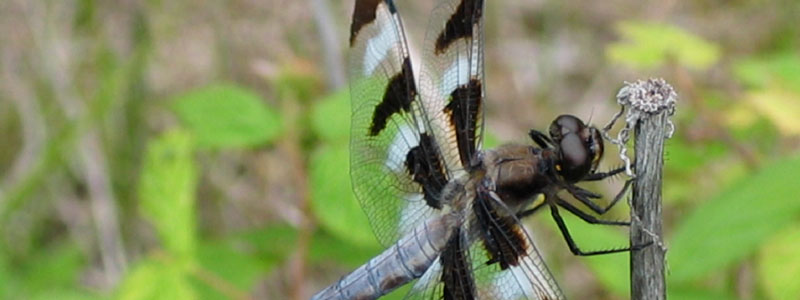
This meadow micro-habitat contains many species of plants that attract insect pollinators.
Biodiversity Site 3
Biology Study Area
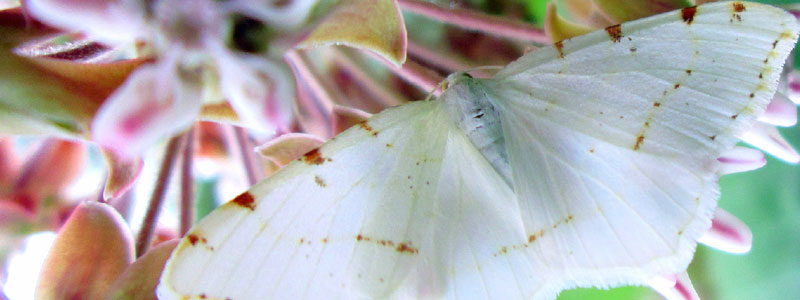
Biology students are studying disturbed vs undisturbed areas for biodiversity.
Biodiversity Site 4
Decomposition
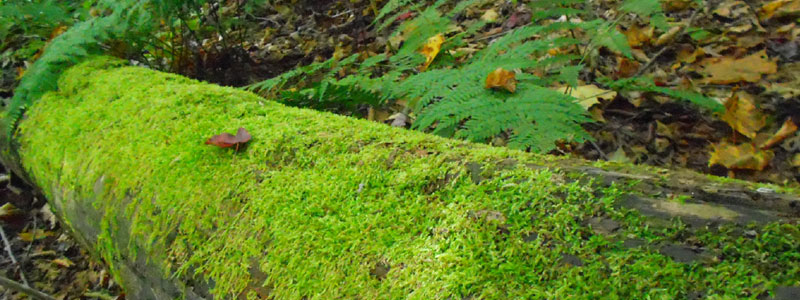
Rotting logs are teaming with invertebrate life and a host of fungi, lichens and mosses that contribute to the decomposition process.
Biodiversity Site 5
Monarch Butterfly Nursery
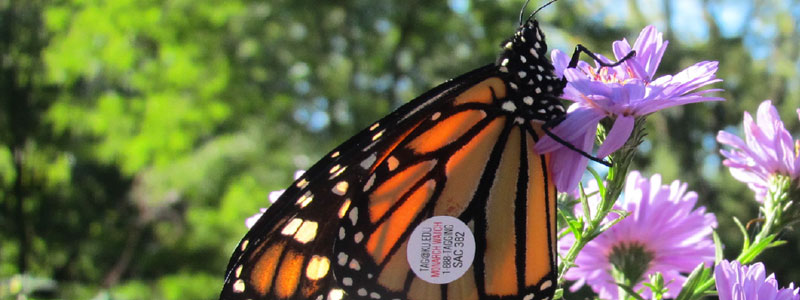
This area is one of several on Dawson grounds created to provide milkweed and nectar-producing plants for the Monarch. These gardens have been designated a monarch sanctuary by Montreal’s Espace pour la vie.
Biodiversity Site 6
Pond
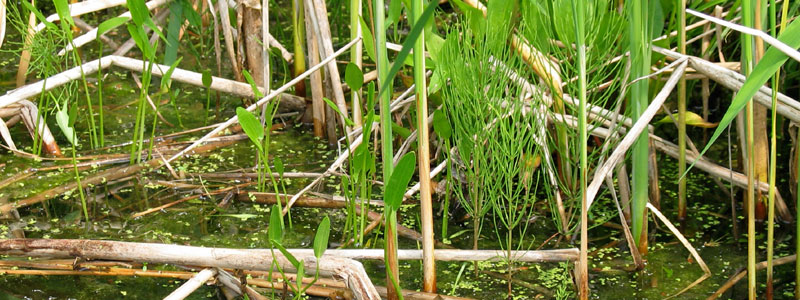
This pond will provide common insects found in the Dawson gardens a crucial habitat for their larval stages.
Biodiversity Site 7
Wet Meadow
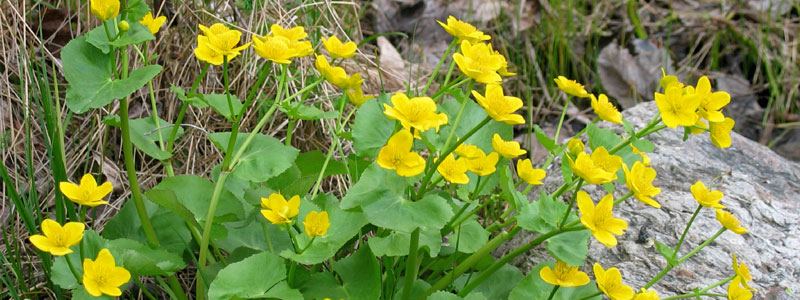
Plants that can thrive in areas with changing water levels.
Biodiversity Site 8
Bioswale Feasibility Study
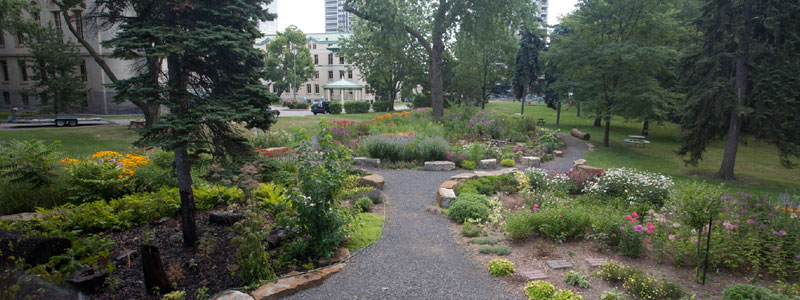
The swale will divert runoff water into a planted area that acts as a biofilter, returning cleaner water to the environment.


